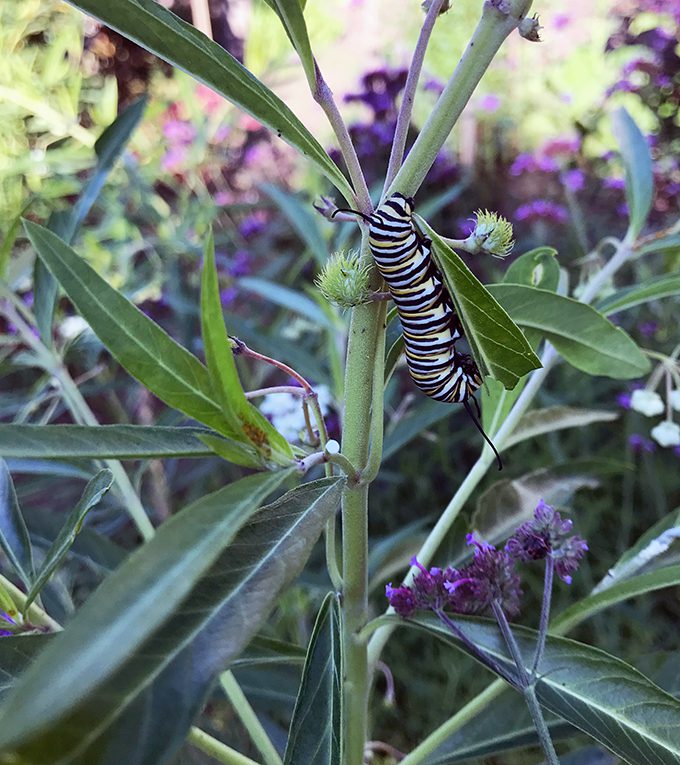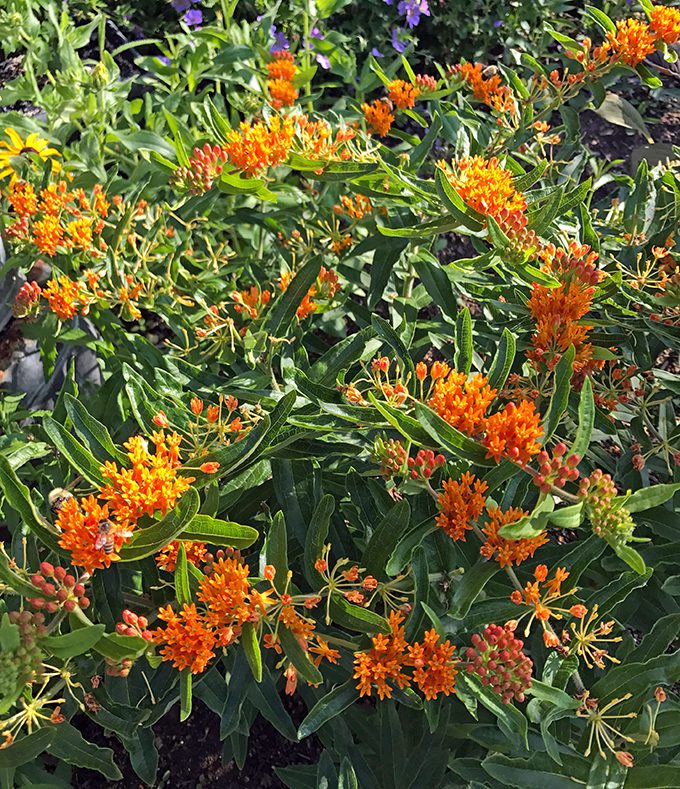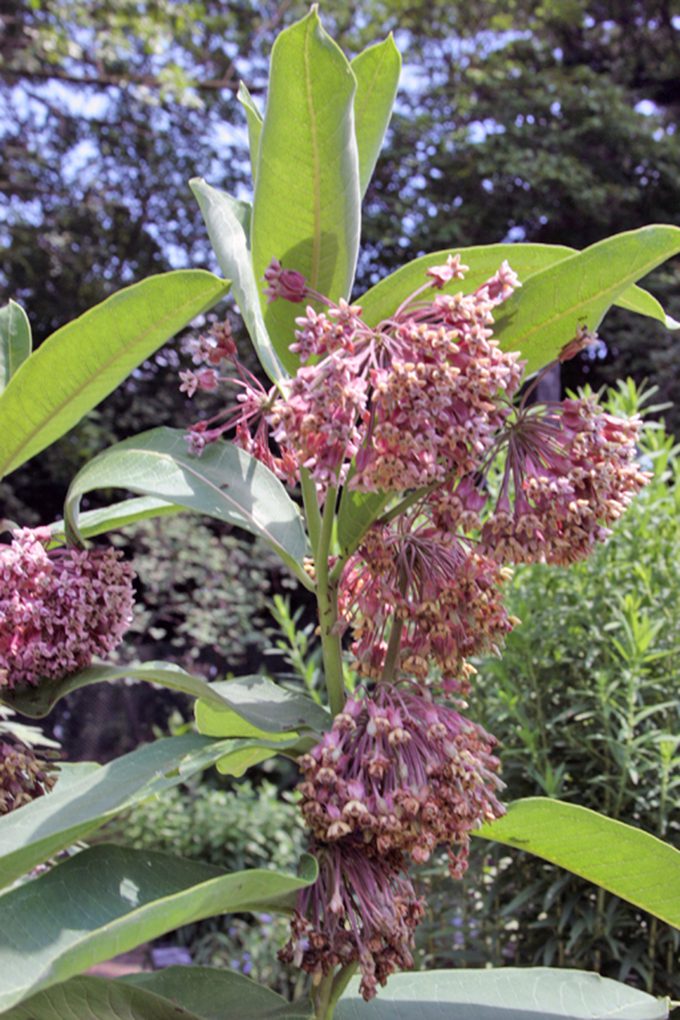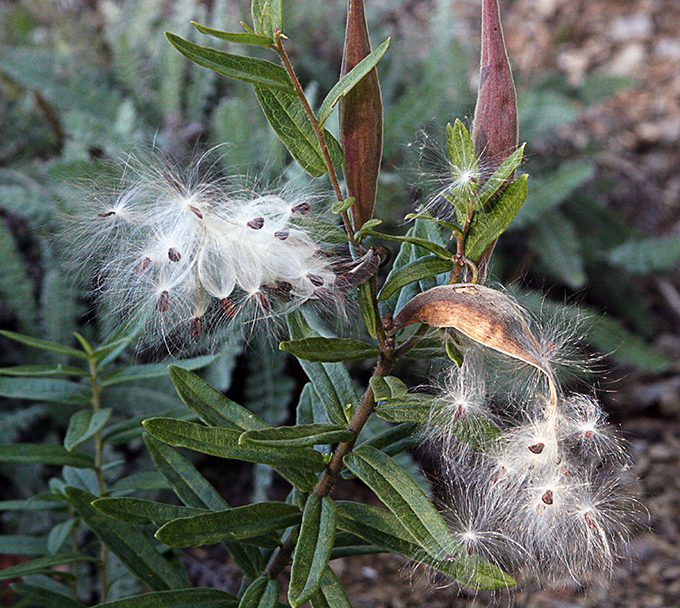Saving The Monarch Butterfly
Saving The Monarch Butterfly
We’ve known for a few years that monarch butterfly populations have been diminishing. Fortunately, people all across this country and into Canada and Mexico have been working to support remaining monarchs and increase their poulations. On Cape Cod we’ve begun to see the results of these efforts as more butterflies appear in wild areas and our gardens. Here are some things we can all continue to do.

Protect all phases of monarch development from egg, to larva (caterpillar), pupa (chrysalis), and adult. Your first step should be to restrict the use of pesticides in your yards and gardens. Be aware that everything you do in your landscape is connected…even lawn products might have an effect on other areas of the garden.

Plant monarch support plants such as Butterfly Weed, Zinnias, Verbena bonariensis, and Gomphocarpus physocarpus. This photo is of a butterfly weed, Asclepias tuberosa.

Allow the native common milkweed a place to grow on your property. If you don’t want this in your gardens, let it establish on the edges of your yard. Note: Bonus! The flowers of common milkweed are fragrant.

If you want to plant common milkweed in your yard or along a roadside, gather seeds when they start to burst from the pods and spread them on the ground where you want them to grow. Do not cover with soil, but press lightly into the surface of the ground instead. Although it’s fine to collect a few seeds if you see lots of pods in wild places, don’t steal them from private properties and never take too many out of the wild.

Monarchs love Asclepias, but they also visit zinnias, Verbena bonariensis, and summer phlox. Plant a wide variety of annuals and perennials in your yard and garden so that there will always be nectar sources for butterflies and hummingbirds.
Subscribe To Our Newsletter
Sign up for our weekly email about sales and events.
